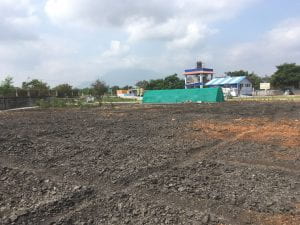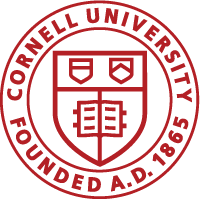By Hailey Shapiro
When our teacher asked us what happens when we flush the toilet, I realized I had no idea. There was water that went down a pipe, and… after that, it could reroute back to my bathtub, for all I knew. I wasn’t only uninformed. I had never even thought to ask the question.
It turns out that the answer to the question depends on what toilet you’re flushing. In some areas of Coimbatore, we learned during our field trip, the water flows through pipes into an underground septic tank. Trucks periodically empty the septic tank and transport the sludge to a treatment facility, where it is filtered, separated, and thoroughly cleaned with the help of some hungry bacteria.The process transforms the dangerous sludge into soil and clean water, which is used to grow crops in nearby fields.

During our visit to the treatment facility, I was amazed at how many pipes, people, and chemical processes were behind a flushing toilet. I was impressed that all of the complicated components—the plumbing, the transportation, the treatment—managed to link together to manage human waste safely and efficiently. And all of it happened far from the eyes of the people actually flushing the toilets.
We further explored sewage and other infrastructural systems during an exercise in class. Our teachers gave us markers and big sheets of poster paper and told us to draw a city. We drew the most noticeable aspects of a city: grids of roads lined with chunky skyscrapers, factories, and suburbs. But a city, our professor explained during our discussion afterwards, is much more than the roads and buildings in our drawing. There are numerous other systems that are working constantly so that a city can exist and function. People move in and out, cluster in certain areas to live and work, and protest on the streets. Art and culture spreads, emerges, and blends in cities’ museums, restaurants, and households. Families and businesses dump trash into bins, which trucks transport to landfills on the city’s outskirts. Water is pumped from wells and lakes, through underground pipes, and into facets. And, of course, toilets are constantly flushing.

These infrastructural systems are often hidden—underground, or at distant treatment facilities—but they are nonetheless essential. The health of people and the environment depends on infrastructure. Without an effective sewage system, for example, cleaning products in wastewater flow directly into rivers, and people are more likely to come into contact with human waste and the dangerous bacteria it contains. What happens after a toilet flushes has the potential to save lives.
This experience made me appreciate the complexities of cities and towns. The buildings and roads that we see form only a city’s skeleton; the infrastructural systems are its vital organs. These complex systems allow me to perform daily tasks that I once thought were simple, such as turning on the facet, throwing away trash, or washing soap down the sink drain. Now, when I flush the toilet, I am grateful for the complex infrastructure hidden under the bathroom floor.

